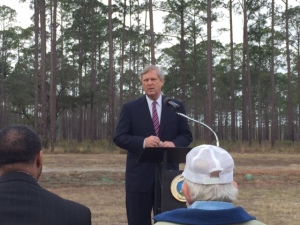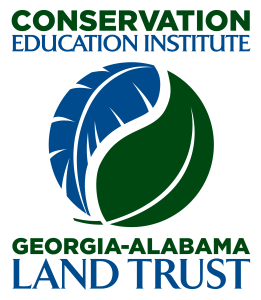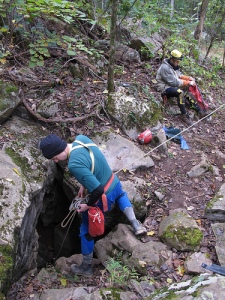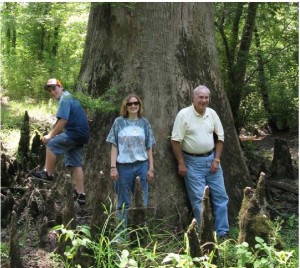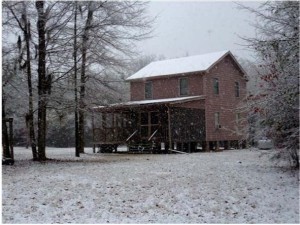The Georgia-Alabama Land Trust is looking for a new team member. We have an immediate opening for the position of term land steward.
Term Land Stewards are temporary employees, hired to assist the Land Trust with monitoring of protected lands through aerial reconnaissance and field inspection, which requires significant travel and frequent overnight stay. Monitoring requires individuals to have field orientation, manage diverse terrain, and work independently in remote areas.
Additionally, these individuals will create Baseline Documentation Reports for new conservation easement projects. Many of these projects require travel, often to southwest Georgia. Term Land Stewards report to the Stewardship Director and are responsible for the following tasks: gathering project materials, conducting environmental field assessments, documenting conservation values and current conservation easement conditions through photographs, maps, and written reports. Additional duties include
Term Land Stewards report to the Stewardship Director and are responsible for the following tasks: gathering project materials, conducting environmental field assessments, documenting conservation values and current conservation easement conditions through photographs, maps, and written reports. Additional duties include completing and submitting annual monitoring assignments as scheduled, communication with landowners for obtaining permission to access properties, conducting and documenting site visits, maintaining and submitting reports, invoices, and tracking for mileage, work hours, expenses, and property modifications.
Additionally, these Land Stewards will be trained to handle Reserved Right Requests and Land Transfers. During this term, 40% of the Land Steward’s time will be devoted to site monitoring, and 60% drafting baseline documentation reports. Applicants should be committed to working on a diverse array of conservation properties with the ability to effectively communicate with landowners and staff.
General Requirements include but are not limited to the following:
- Bachelor of Science Degree (biology, ecology, forestry, environmental science or related field).
- 2 Years related experience in land protection, ecological land management or equivalent combination of experience and education. (This may be negotiable with Master’s Degree)
- Knowledge of and experience with ArcGIS Desktop (10.0 version or higher).
- Field skills for navigating, surveying and mapping landscapes and features, including use of GPS and handheld devices.
- Competency of standard computer software including MS Word and Excel
- Ability to conduct independent research online for obtaining tax parcels.
- Ability to read title and warranty deed land descriptions.
- Understanding conservation practices and natural resource preservation.
- Understanding Southeast biodiversity and land management practices; including, flora and fauna, timber and agricultural practices, and wetland and water resources.
- Physical ability to hike, perform labor-intensive activities and fly in small aircraft.
To apply, submit applications to Amy Gaddy, Interim Stewardship Director, Georgia Alabama Land Trust, Inc., 226 Old Ladiga Road, Piedmont, AL 36272 or email to stewardship@galandtrust.org . Applications should include a cover letter, resume, and references. Additionally, it is preferred that example maps are included with the resume, as mapping will be included in most aspects of this position.
For a look at the complete job description, please click HERE.


